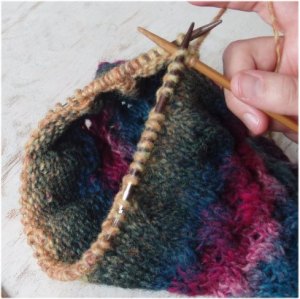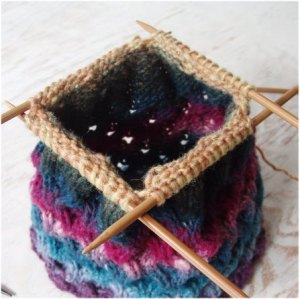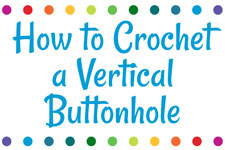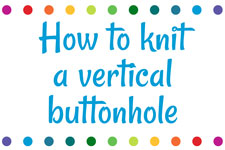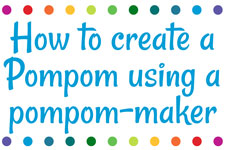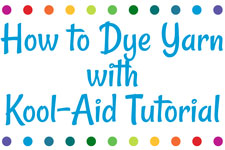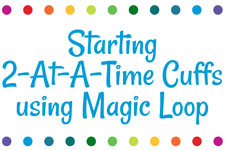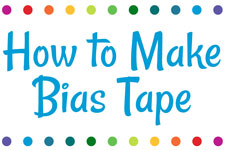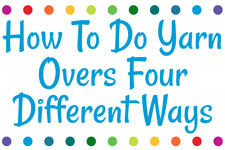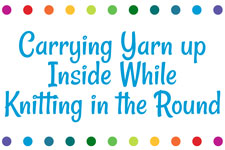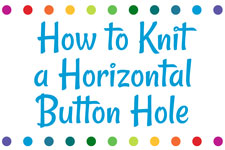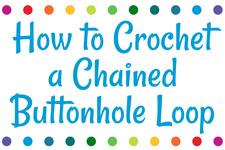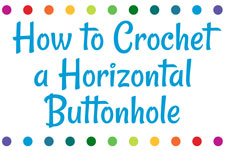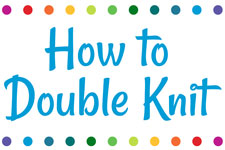How to Create a Hat - Part 2Back to Search |
||||||||
| Posted: Wednesday, March 21, 2007 | ||||||||
In last month's newsletter I gave directions for casting on your hat using a circular needle, joining it to work in the round, and a quick formula for decreases. If you were knitting a hat using those directions, though, you probably noticed that shortly after you start your decreases, that 16" circular needle starts to be too big for the shrinking circumference of the hat. To solve this problem, you'll finish your hat with a set of double pointed needles in the same size as your circular. Some people transfer the hat to the double points just before they begin their decreases, but since I tend to put everything off until the last minute, I generally wait until I start noticing the stitches on the circular needle being pulled tight as I knit around. Once you decide to transfer your stitches, knit to the end of the round (you might have put in a marker there, or you might just look at which stitch your tail is coming from). For the duration of the next round, you'll be knitting the stitches from the circular needle onto the double points. Your set of double pointed needles has either 4 or 5 needles in it; to knit with them you'll use 3 or 4 needles to hold the stitches (these will all take turns being the equivalent of your left needle when you knit with straights, and 1 to knit onto (this one will always be the equivalent of the right needle when you knit with straights). For the rest of this article, I'll assume that your set consists of 5 double pointed needles. If your set has only 4, you'll just be distributing your stitches evenly over 3 needles instead of 4. To start, you'll distribute the stitches onto 4 of the double points. Divide your total number of stitches by 4 - if your total isn't divisible by 4, it doesn't matter; just put 1 more stitch on one or two needles. A pattern will usually tell you exactly how many stitches to put on each of your needles, but unless you're working in a pattern stitch that requires you to count your stitches, it doesn't matter if they're perfectly evenly distributed or not. In the case of our hat, we had 65 stitches total, so we'll put 16 stitches on 3 of the needles and the extra stitch on the last one - 17 stitches.
The part of knitting with double pointed needles that most often throws me off track is remembering to stop when I get to the end of the stitches on the first needle. I tend to keep knitting until there are stitches falling off the end of my right needle - and then realize that I should have switched needles a long time ago! (The giveaway on this difficulty is that you suddenly end up with an extra double pointed needle sitting in your lap.) If this happens to you (i.e., you see that you now only have 1-2 needles holding your yarn, instead of the 4 that we've been talking about), just slip the correct number of stitches back onto the empty needle. If you discover the problem mid-needle (i.e. the extra needle isn't quite in your lap yet - it still has some stitches on it), it's probably easier to go back and un-knit the extra stitches, and then knit them again onto the correct needle. | ||||||||
| We hope you enjoy this article! This article and the associated photos are only for personal non-commercial use and are not for resale. All rights reserved. Permission granted by Jimmy Beans Wool and myKnitting.com to copy and share this article for non-commercial personal use. Users do not have permission to display on any retail or wholesale website other than www.https://www.JimmyBeansWool.com and www.myknitting.com without express permission from Jimmy Beans Wool. |

